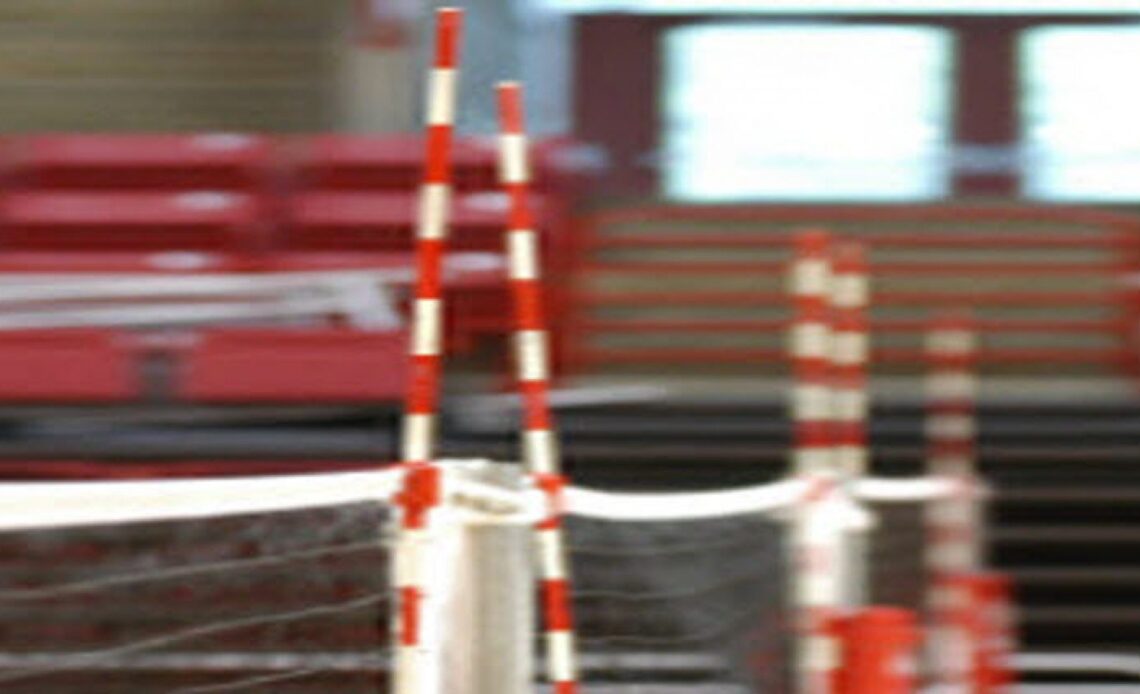Jim Stone has a post in which he considers a few different topics related to modern game. As one of the interviewees for Volleyball Coaching Wizards, he is always worth hearing from. Also, I think cross-blog discussions are great for stimulating thought and sharing ideas, so I’m going to use this post to react. There are five of what Jim calls ponderings in his piece. I’ll take each in turn.
Pondering #1 – Should Digs be Rewarded Based on Subsequent Contacts?
Jim starts off by considering whether there’s a better way to judge defensive effectiveness. It’s not really a question of whether we should continue to count digs as we currently do. Rather, he wants us to think more about the purpose of defense, which is ultimately to score points. To that end he proposes the dig-to-kill percentage is a better metric.
I’m all for using dig-to-kill, especially on a team level. It can be a little tricky when trying to compare players on that basis, especially when considering setters in the mix (see Pondering #2), because it’s not always a level playing field. Even still, it’s a useful metric for bench-marking, evaluating progress over time, etc.
The one challenge I would have to looking at dig-to-kill as a primary metric is that it only captures what happens when you actually dig the ball. If you don’t actually dig the ball often enough then it really doesn’t matter how well you convert those digs into points. So ultimately what we probably need is a ratio of how often we score following an opponent attack. That sounds like the makings of a separate blog post. 😉
Pondering #2 – Libero’s and the Second Contact
I have already shared my views on who should take second ball when the setter is out, so I won’t spend much time on it here. The one thing I will add, though, is that coaches should never default to standard patterns. Always evaluate things based on your group of players. Also, train so you can create more options.
Pondering #3 – Should an attack directed off the blocker’s hands and is unplayable by defenders be considered a blocking error?
Ultimately, Jim’s point here is that there’s much more opportunity for measuring block effectiveness. My response to the question posed, though, is “No”. I have a hard to calling it an error since the blocker has so little control relative to that of the attacker.
That said, there’s a lot of value in capturing the different types of block touches….
Click Here to Read the Full Original Article at Coaching Volleyball…

